Beijing is a city where history and culture combine with modern technology and architecture. Traveling to Beijing in 2025 will help you understand how this city has transformed. This guide is your one-stop solution for traveling to the capital of China and understanding how it has transformed over the years. Beijing has an identity split into two: ancient cities like the Forbidden City and Great Wall, as well as modern marvels like skyscrapers and new-age entertainment facilities. Whether you enjoy exploring history and architecture or lean towards the culinary aspects, this guide aims to give you every little detail you need to understand the history and modern-day influence that saturates Beijing. This guide aims to give you all the details you need to enjoy the charm and vibrance of Beijing.
What are the must-see attractions in Beijing?
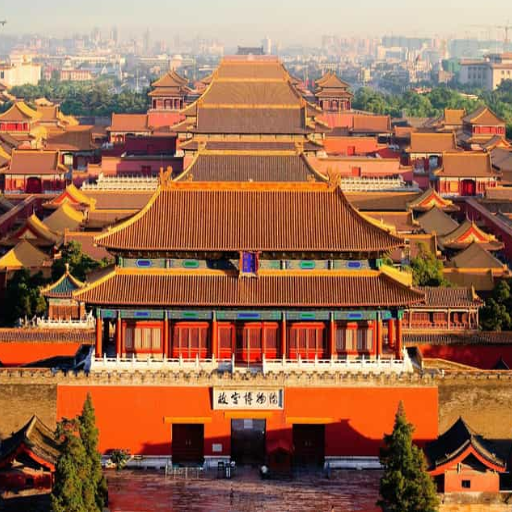
Visiting the Imperial Palace of China: The Forbidden City
For almost five centuries, the prefectural palace for 24 Ming and Qing emperors was the Forbidden City. It was then officially designated as a World Heritage Site by UNESCO. Spanning over an immense over 180 acres, this remarkable site lies at the center of Beijing and contains around 1 thousand structures representing the unparalleled style of traditional Chinese palaces. Some of the most notable aspects of the Forbidden City are the wooden Hall of Supreme Harmony, which dwarfs all others in scale, and the Imperial Garden, which stands out due to its beautiful artwork. In remembering the vibrant artifacts, detailed artwork, and imperial courtyards that the Forbidden City offers, visitors are recommended to spend several hours at it, as it gives an unmatched appreciation of China’s history and culture.
Great Wall Hiking: Mutianyu Versus Badaling Steps
The Great Wall of China’s Mutianyu and Badaling sections provide unique experiences to tourists from around the world. Those wishing to visit a quieter and more beautiful part of the wall will like the Mutianyu section due to its amazing landscapes, architecture, and significantly lower tourist influx. It has the best hiking trails equipped with various rest stops, which include a cable car and toboggan rides. Unlike Mutianyu, the Badaling section receives a lot more travelers. Badaling section is also more easily accessible due to its proximity to Beijing and the maintained walkways for all age groups. Children and the elderly can also enjoy it, but these factors contribute to a horrible experience because it is overcrowded. Those looking for a peaceful hike prefer Mutianyu, while those who prefer convenience prefer Badaling.
Reviewing the Temple of Heaven and Summer Palace
The Temple of Heaven is a Taoist temple built in the 15th century. It is located in Beijing, China. Ming and Qing emperor dynasties utilized the structure to undertake rituals to pray for plentiful harvests. It features architecture like the Hall of Prayer for Good Harvests and other beautifully constructed structures like the Imperial Vault of Heaven. The design is said to represent the balance between heaven and earth, and it does do that very nicely.
The Summer Palace is situated northwest of Beijing and has been declared a UNESCO World Heritage site. Just like the Temple of Heaven, the Summer Palace boasts rich natural landscapes and impressive structures built by the Chinese during the Qing dynasty. Some of the most notable parts include Longevity Hill, Kunming Lake, and the Long Corridor, which boast classical Chinese architecture. It is a site of immense cultural importance and an unparalleled treasure of ancient China. These landmarks are both crucial in the understanding of China’s invaluable history.
How do you plan the perfect Beijing itinerary?
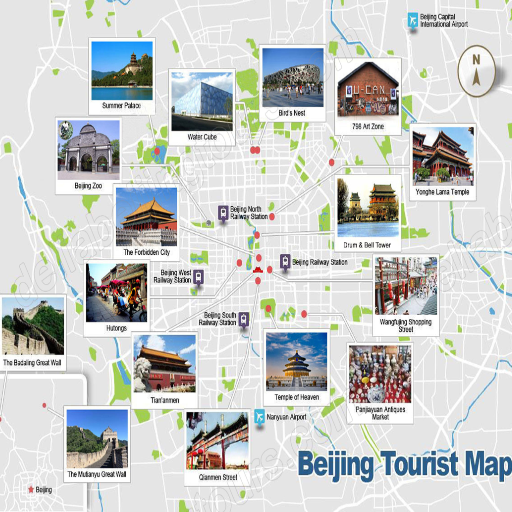
5-Day Tour of Beijing
- Day 1: The first day begins with a trip to the iconic Tiananmen Square, followed by a trip to the equally iconic Forbidden City. Spend the afternoon walking around Jingshan Park and taking in the panoramic views of the city. Conclude your day with a walk through Wangfujing Street, where you can shop and taste local cuisines.
- Day 2: Your focus for this day should be on the Great Wall of China. Feel free to select a well-known section, such as the Mutianyu, because of the great views and notable sites. Once you have returned to the city, make sure to stop by the Temple of Heaven and experience the Ming architecture before heading out for a traditional Peking Duck dinner.
- Day 3: In the morning, explore the beautiful Summer Palace by checking out Kunming Lake and Longevity Hill. From there, head over to the Hutongs and admire Beijing’s historic alleyways. From there, finish your itinerary with a visit to the Lama Temple, a famous Tibetan Buddhist temple known for its beautifully designed artifacts and imagery.
- Day 4: Instructions talk about split visits on the last day but give valuable tips on planning and yearning for the key important day, starting with the famed Great Wall, specifically the Mutianyu section, for its staggering views and easier accessibility. Stroll this marvel and appreciate the architectural genius it offers. After finishing this magnificent piece of history, return to Beijing and explore the Confucius Temple and Imperial College Museum, where you can learn more about ancient Chinese philosophy and education.
- Day 5: Spend the last day exploring modern Beijing. Start off with a visit to the 798 Art District, which consists of art centres, galleries, and other various forms of contemporary art. Then, proceed to Wangfujing for souvenir shopping and tasting street food, which is local to the region. Finish this experience with a show of your choosing. Something like Chinese acrobatics or Beijing opera would be a great cultural conclusion.
Integrating Xi’an and the Terracotta Warriors Within A Tour of Beijing
Completing a tour of Beijing by including Xi’an offers a unique travel experience full of key highlights from ancient Chinese history. One can start the trip by taking a high-speed train or an airplane, as there is a direct connection from Beijing and Xi’an. While Beijing boasts imperial sites like The Forbidden City and The Great Wall, Xi’an features the iconic Terracotta Warriors, an archaeological masterpiece that captures China’s great antiquity. Plan at least two days in Xi’an to appreciate the Terracotta Army, the ancient city wall, and the Muslim Quarter. This schedule ensures that one gets an introduction to the complexity of Chinese history through the sister cities while enjoying the luxuries of modern travel.
What’s the best way to experience Beijing’s culture?
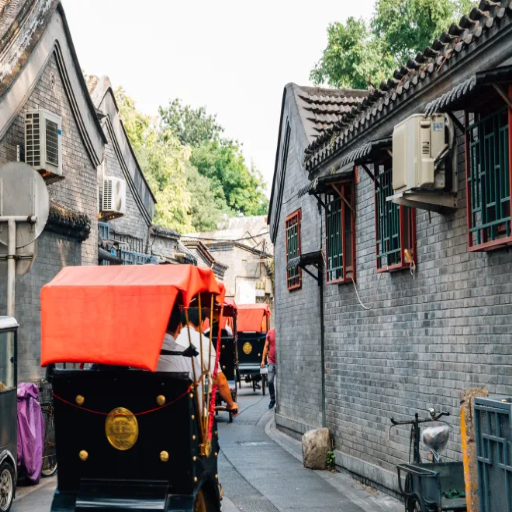
Exploring Beijing’s centuries-old Hutong Districts
The centuries-old Hutong Districts serve as Beijing’s cultural and historical epitome. These narrow passages are best explored via a walking tour or a rickshaw to enjoy landmarks like Nanluoguxiang or Qianmen Street fully. These tours elaborate on traditional courtyard homes (Siheyuan), and local customs. Residents can be engaged to learn about daily living while visiting quaint tea houses or little craft shops for authentic cultural immersion. Early mornings or evenings are the best for a more heartfelt visit as the famous passages are clearer, allowing one to appreciate their charm and exquisite historical significance without the hustle and bustle.
Participating in a Beijing cuisine tour together with a dumpling-making class
It certainly sounds motivational to join a Beijing food tour and the dumpling-making class. It offers an informative and entertaining excursion. They can start with the local tours exploring markets and get a taste of well-known street dishes like jianbing or hawthorn while getting insight into their history and cooking process. During the dumpling-making part, they receive step-by-step guidance on folding dumplings while learning different regional fillings. These tours are well suited for those who appreciate cuisine and would like to learn more about the rich culture of Beijing engagingly.
Exploring Tiananmen Square and its integration with China’s history
The square represents China’s history, capturing its imperial, republican, and communist phases. Situated in Beijing, the Great Hall of the People borders it, The National Museum of China, and the Mausoleum of Mao Zedong. It is the site of many historical events, such as the People’s Republic of China declaration in 1949 and the pro-democracy movements of 1989. People can delve into its historical importance in guided tours and museum displays as well as through the sizeable civic space, all of which aid in comprehension of the evolution of China’s socio-political framework and cultural identity.
Should I book a private tour or join a group tour in Beijing?
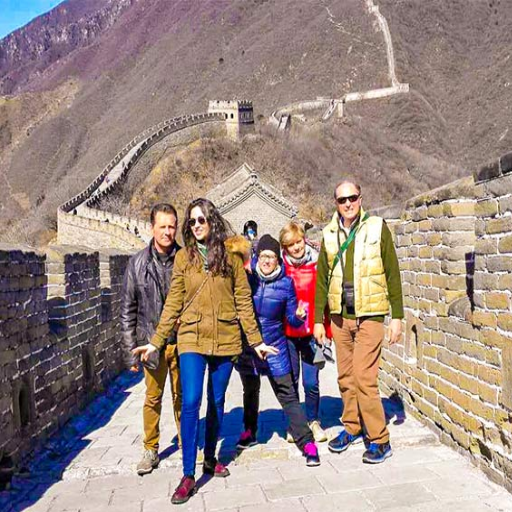
Benefits of Private Tours in Beijing
Those who go on private tours in Beijing can expect a more personalized service as they cater to visitors’ interests. Unlike group tours, private tours allow you to set your schedule and change the itinerary. You can visit the Great Wall of China, the Temple of Heaven, and the Forbidden City at your own pace. Also, you get to have a personal guide who provides detailed and comprehensive answers to your questions, which is impossible in a larger group setting.
On a finer level, private tours tend to use comfortable private transportation (typically an automobile ranging from sedans that accommodate two people to minibusses with room for 10 and air conditioning) to improve travel efficiency between different stops. This prevents the delays that large group tour participants suffer. In addition, many private guided tour companies allow you to skip the queue at some busy tourist attractions, meaning you do not waste too much time waiting in lines.
Moreover, private tours enable visitors to focus on specific aspects of the journey, such as local foods, art, or less popular regions, which is helpful for people who have short periods or specific objectives. These tours are more appropriate than group tours for families or people with mobility, dietary, and other forms of disability, as private tours are more flexible and comfortable. This mixture of freedom, speed, and the knowledge of a professional makes private tours more appealing for those interested in a comprehensive review of the history and culture of Beijing at the time.
Advantages of a small group tour in Beijing
Small group tours in Beijing achieve the exemplary character between cut-price bulk tours and catered-end travel. They still form a close-knit experience, unlike the larger group tours, which places them at a more complicated level of service. With small groups, teachers can Step into the center of the diverse cultures and history that are the basis of Beijing’s prestigious landmarks. The participants do not have to grapple with the management processes of heavy traffic associated with the wiring of the Forbidden City/Great Wall of China. These tours, with fewer participants, result in fewer delays and more productivity in construction. Small groups, on the other hand, promote relations between participants without the stress of routine program changes. Special services and knowledgeable guides are additional and often targeted elements of these tours, which enable learners to understand Beijing more fully.
Options for Beijing layover tours
Under most time constraints, you can still explore Beijing’s most important places with its layover tours. According to leading online resources, the top options typically include small private tours or group tours focusing on the Forbidden City, Tiananmen Square, and the Mutianyu section of the Great Wall. These tours are made so that tourists can be picked up and dropped off at the airport, making it highly convenient for them. Other providers allow tourists to design their tours by selecting the attractions that will be centered on, which in principle makes the itinerary more personalized. Visa policies for these passengers make these tours even more appealing.
When is the best time to visit Beijing?
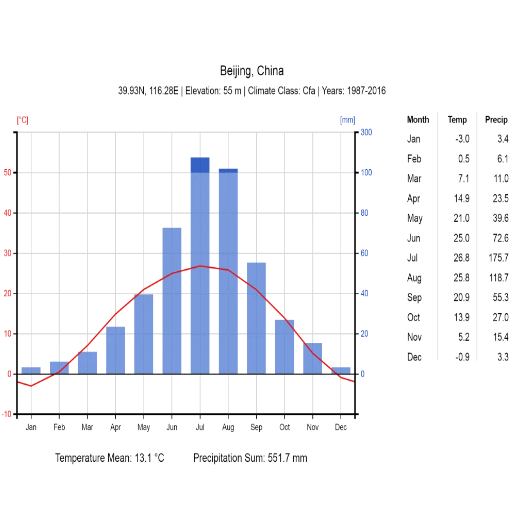
Spring and autumn: the ideal seasons to enjoy comfortable sightseeing
Travelers frequently prefer spring (March to May) and autumn (September to November) for their trips to Beijing owing to its comfortable temperatures during these months. With temperatures ranging from 50°F to 77°F (10°C to 25°C) these two seasons are suitable for outdoor activities. People’s flowers bloom in spring, while trees leaf out in autumn with pristinely blue skies. These months also experience slightly better air quality than summer and winter, making it ideal for exploring the Great Wall, historical temples, and city parks.
Beijing during the summer: The heat and crowds
In Beijing, summer is between June to August and the temperatures are usually high, mostly between 25 to 35 degrees Celsius or 77 to 95 degrees fahrenheit. Humidity will also be high during these months, along with some rainstorms. This is also the time China faces a vast influx of tourists and attractions like the Great Wall and the Forbidden City often see a lot of visitors. Make sure to dress lightly, drink enough water, and visit the popular sites early in the morning or late in the evening. Even though the heat, humidity, and crowds are challenging, there are seasonal cultural festivals that spruce things up, along with chilled desserts and fresh fruits.
Winter tours: Discovering the winter beauty of Beijing
The months from December to February, or wintertime in Beijing, is known for having quite low temperatures at around -10 degrees Celcius to about 5 degrees along with some periodic snow which beautifies the entire city. This season is perfect for attending and exploring historical places such as the Forbidden City and Temple of Heaven, where the number of visitors is drastically low. The Great Wall of China is also particularly captivating, as one can get a very calm and peaceful winter experience while appreciating the timeless structure draped beautifully with snow. Visitors must always wear insulated clothing, gloves, and winter boots while also considering comfort a high priority. Moreover, the winter days allow one to enjoy other culturally significant events as well in the form of temple festivals and other traditional customs related to the Lunar New Year, making it a festive time in Beijing.
Reference sources
Frequently Asked Questions (FAQs)
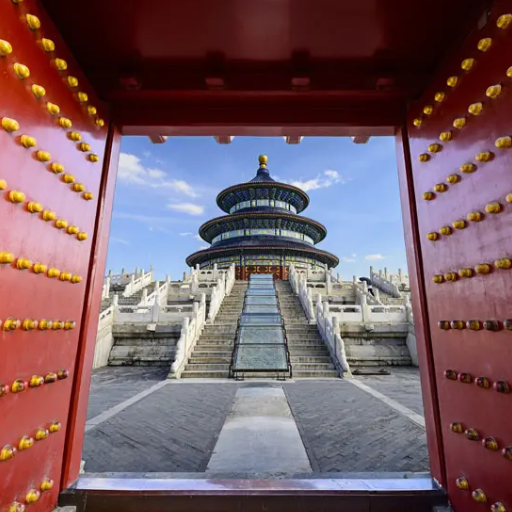
Q: What are the top attractions included in a Beijing private tour?
A: A Beijing private tour typically includes visits to iconic landmarks such as the Mutianyu Great Wall, Forbidden City, Tiananmen Square, Temple of Heaven, and a traditional hutong. Some tours may also cover the Summer Palace and Olympic Park, depending on the duration and itinerary.
Q: How many days should I spend on a tour of Beijing?
A: Most visitors spend 3-4 days in Beijing to cover the main attractions. However, if you want to explore the city in depth and include some Beijing side trips, 5-7 days would be ideal. This allows time for a great wall day tour, a walking tour of the hutongs, and possibly a day trip to nearby destinations like the Ming Tombs.
Q: What’s the best way to experience the Great Wall of China from Beijing?
A: The Mutianyu Great Wall is a popular tourist section due to its proximity to Beijing and its well-preserved condition. For a less crowded experience, consider visiting Jinshanling or Simatai sections. Many great wall tours offer options ranging from half-day trips to full-day hikes, catering to different preferences and fitness levels.
Q: Can you recommend some unique Beijing experiences beyond the top sights?
A: Beyond the top attractions, consider a Beijing hutong tour to explore traditional alleyways, try a local cooking class to learn how to make dumplings, enjoy a Peking duck dinner, visit the 798 Art District, or experience a traditional tea ceremony. These activities offer a deeper insight into Beijing’s culture and daily life.
Q: What popular Beijing side trips or destinations in China can be combined with a Beijing tour?
A: Popular side trips from Beijing include visits to the ancient city of Datong, known for its Yungang Grottoes, or Luoyang to see the Longmen Caves. For longer China tour packages, many travelers combine Beijing with other top destinations like Xi’an (Terracotta Army), Shanghai, Guilin (for scenic landscapes), or a Yangtze River cruise.
Q: What’s the best time of year for a tour of Beijing?
A: The best times to visit Beijing are spring (April to May) and autumn (September to October) when the weather is mild and pleasant. Summer (June to August) can be hot and crowded, while winter (November to March) is cold but offers unique experiences like seeing the Great Wall covered in snow.
Q: How can I arrange a Beijing private tour or customize my China travel itinerary?
A: Many China tour operators and local agencies offer personalized Beijing tours and customizable China tour packages. You can work with a travel consultant to create an itinerary that suits your interests, whether it’s focusing on history, culture, food, or a mix of experiences. This allows you to include specific activities or destinations that may not be part of standard tours.
Q: What should I know about visiting the hutongs in Beijing?
A: Hutongs are traditional alleyways that glimpse old Beijing life. A Beijing hutong tour can be done on foot or by rickshaw. Some popular areas include Nanluoguxiang and Shichahai. Be respectful when visiting as many hutongs are still residential areas. Consider joining a guided walking tour to learn about the history and stories behind these ancient neighborhoods.
Q: Are there any unique dining experiences I should try during my Beijing tour?
A: Beijing offers diverse culinary experiences. Don’t miss trying Peking duck at a renowned restaurant. For a more immersive experience, consider a hotpot dinner or visit a local market. Some tours include dumpling-making classes or visits to traditional teahouses. For adventurous eaters, Wangfujing Snack Street offers a variety of unusual street foods.